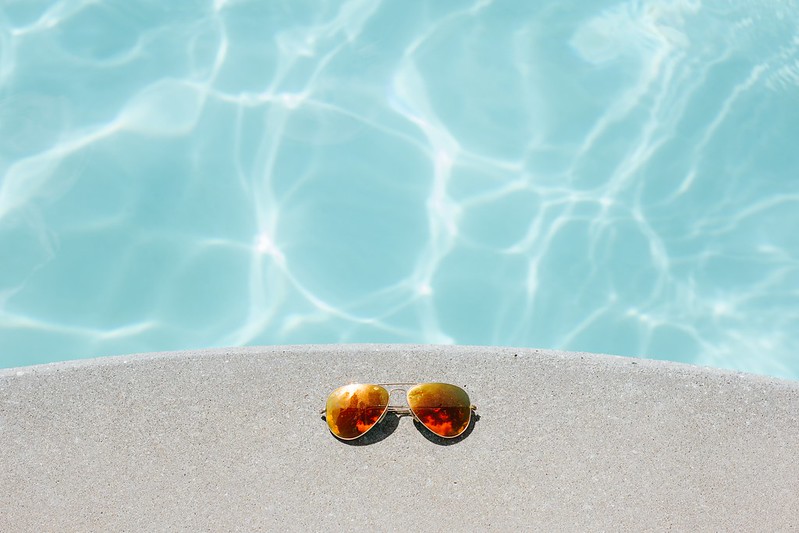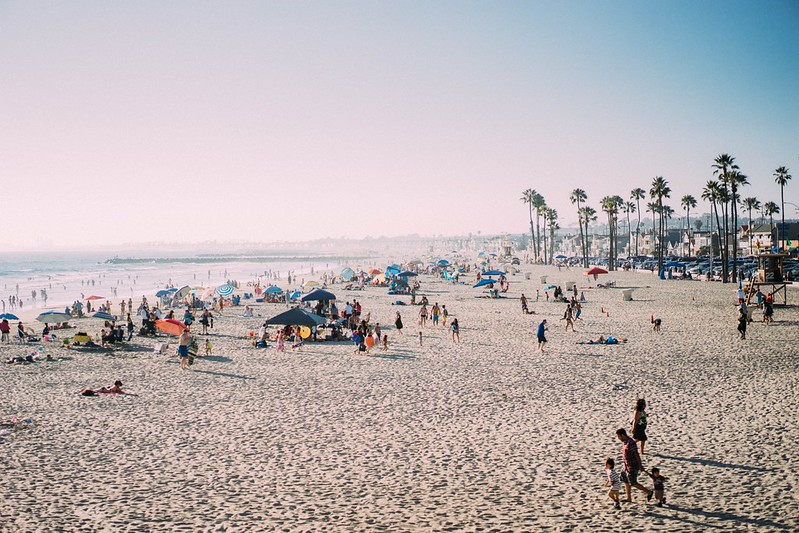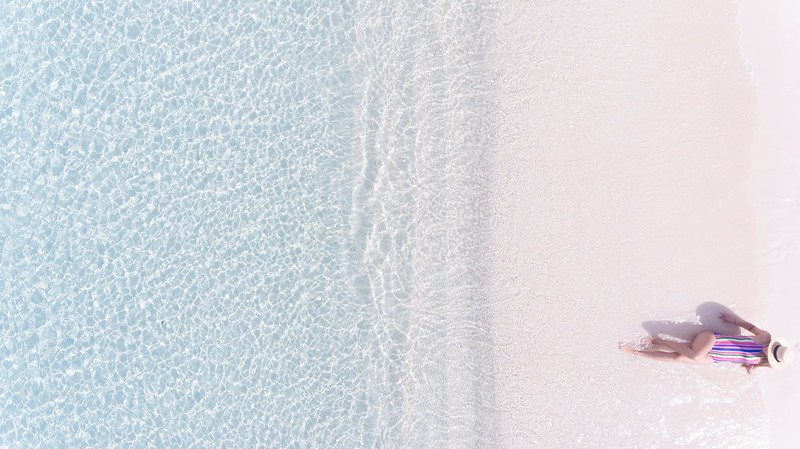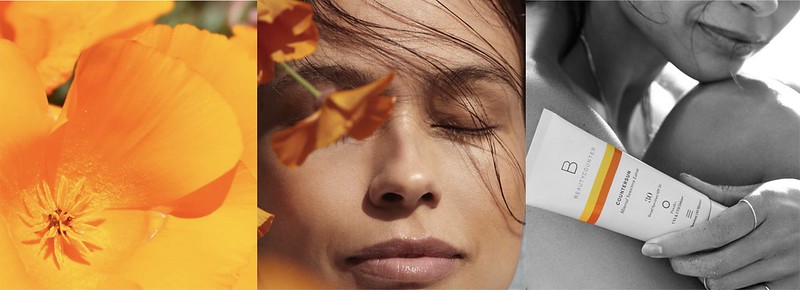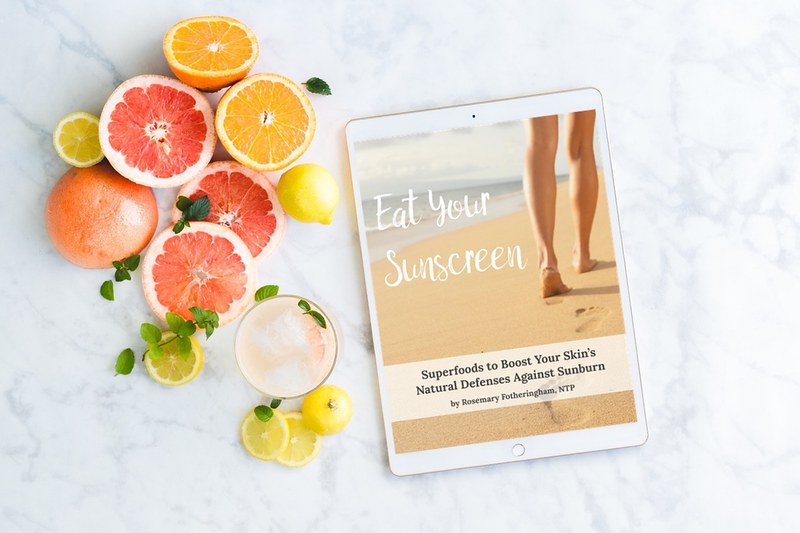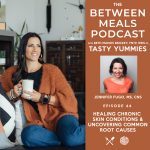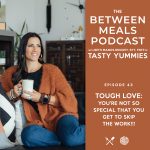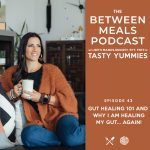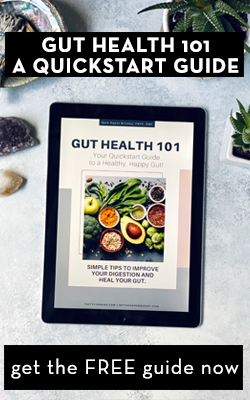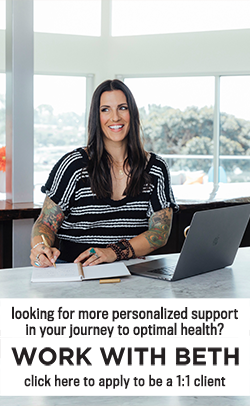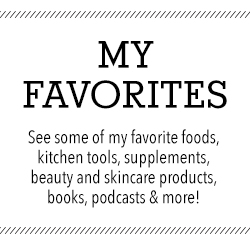Safer Sun Protection. From Sunscreens to Superfoods. How to Protect Yourself in the Most Non-Toxic Way. Check out this post to learn more about non-toxic sunscreen, how much sun is too much, how to eat to support your body’s natural defenses and more.
The topic of sun protection, like SO many things, has gotten a bit confusing for folks. “The sun is bad”. “The sun is good and absolutely necessary to avoiding vitamin D deficiency.” “Sunscreens are necessary, don’t ever leave the house without sunscreen on.” “Most sunscreens are loaded with so many toxic chemicals that they may be more harmful to our bodies than the sun itself.”
Recently, reports from the Environmental Working Group (EWG) and Consumer Reports have warned consumers against using many types of conventional sunscreens, especially on children. Of the 1,400+ sunscreens tested by the EWG, only 5% met their safety standards and over 40% were listed as potentially contributing to skin cancer.
So, where do we go from here for safer sun protection?
With 1 in 5 Americans being affected by skin cancer, it’s amazing to learn that the majority of folks aren’t wearing sunscreen daily or worse, there aren’t doing anything at all to protect themselves appropriately. By simply wearing a non-toxic, protective SPF sunscreen daily, we can prevent skin cancer and premature aging. But, we need to know what to look for and what to avoid and all the many ways beyond sunscreen that we can support our body for safe sun protection and safe sun exposure – while still reaping the necessary benefits of the sun.
Why Most Sunscreens are Harmful
Chemical Sunscreens vs Physical (or Mineral) Sunscreens.
There are two ways that a sunscreen protects the skin from sun damage – either with a mineral barrier or a chemical one. Chemical sunscreens contain compounds, which create a chemical reaction and work by changing UV rays into heat, then releasing that heat from the skin. They are often referred to as chemical or organic absorbers. Chemical sunscreens are technically sun filters. Mineral sunscreens typically include ingredients like zinc oxide or titanium dioxide, which create a physical barrier to protect the skin from the sun, they sit on the surface of the skin and physically bounce or reflect sun’s rays away from the skin. Mineral sunscreens are great for people with sensitive skin as well as babies and kids.
Chemical Sunscreens
Chemical sunscreens, the type you’ll most often find at the store, contain a slew of chemicals, including oxybenzone and octinoxate, which are absorbed by the skin and both of which are linked to health hazards and have been shown in scientific studies to harm coral reefs. (These are the two chemicals Hawaii recently banned in all sunscreens, effective in 2021). Additionally, many sunscreens also contain avobenzone, octisalate, octocrylene and homosalate. Laboratory studies indicate that some chemical UV filters may mimic hormones, and physicians report sunscreen-related skin allergies, which raises important questions about unintended human health consequences from frequent sunscreen application.
Spray sunscreens have also become quite popular in recent years, and these carry their own additional dangers, especially when inhaled.
Many sunscreens also contain methylisothiazolinone, which has been found to be a top allergen.
Here’s a scary statistic: The chemical oxybenzone, that has been shown to pose a hazard to human health and the environment, it is an allergen and a hormone disruptor that soaks through skin and is measured in the body of nearly every American – in 2018, over 12 years after first reports from EWG were published in regards to this chemical – it still appears in 2/3 of the commercial sunscreens on the market. The reason that hormone and endocrine disruptors are so scary is because they’re especially harmful in small amounts, as they mimic the hormones our body creates daily and can interfere with everything from our reproductive systems to our metabolism. They’re particularly bad for young ones whose systems are rapidly developing.
Recent research shows that many chemical sunscreens may carry more of a risk than moderate sun exposure, so it’s best to simply avoid these sunscreens, unless you have absolutely no other option, there is no shade and you have no cover-up options with clothing. But I would suggest this to be a last ditch effort simply to avoid overexposure and extreme sunburn.
Mineral Sunscreens
Mineral sunscreens are often offer a safer option. But, like your food, you MUST read labels. Some sunscreens that contain minerals and therefore call themselves a “mineral-based sunscreen” still also contain some of the chemical ingredients above and carry the same risks.
In addition, if nano particles of zinc oxide or titanium oxide are used, these can enter the body and carry risks as well. Since these offer physical barriers, it is also more difficult to accurately pinpoint the SPF of some mineral sunscreens.
Effective sunscreen can be made without oxybenzone and octinoxate and companies like Beautycounter have been doing it for years. Alternate ingredients such as non-nano zinc oxide are just as effective as oxybenzone, and don’t have the same negative impacts on the environment and humans.
Here is the list of Best Beach and Sports Sunscreens that meet the EWG’s criteria and the list of the Best Scoring Sunscreens for Kids
My Top Sunscreen Pick: I personally love and use and recommend Beautycounter’s Countersun line of sunscreens (it is on the EWG’s list). More on that below.
UVA vs UVB
To understand their correlation with skin cancer and the roles that they play, here’s a quick lesson on these two types of ultraviolet rays. UVA are the ultraviolet rays associated with an increased risk of skin cancer. UVA rays are nearly undetectable because they do not cause sunburn or alter the color of the skin, but they deeply penetrate the skin and can cause damage to the skin and oxidative damage to cells which all lead to skin aging. UVA rays are equally intense throughout all seasons, AND they penetrate clouds and glass.
UVB rays are the ultraviolet rays that cause us to burn and are the most commonly recognized indicator of skin damage, but UVB is also used by the body to produce vitamin D. The Skin Cancer Foundation notes that on average, five sunburns at any age doubles one’s risk for melanoma.
Most sunscreens protect us from both of these forms of ultraviolet light. But in addition, Beautycounter’s new line of sunscreen additionally protects from the harmful affects of Blue Light. Blue light can lead to loss of skin elasticity, wrinkles and hyperpigmentation.
Why a Little Sun is Actually Good / Necessary
Sun exposure plays a very critical role in our health, both in helping us to produce necessary Vitamin D, as well as aiding in regulating our natural circadian rhythm.
Vitamin D is less of a vitamin and more of a steroid hormone that controls the expression of over 200 genes and the proteins those genes regulate. It also aids in the absorption of calcium and works synergistically with the other fat soluble vitamins A, E, and K. Vitamin D is key is boosting immune function and managing/preventing autoimmune diseases, among many other processes.
In response to the exposure to UV light, as the UVB radiation hits our skin, it triggers the creation of vitamin D3 (cholecalciferol) from it’s precursor cholesterol (7-dehydrocholesterol) which is present on the most outer layer of our skin.
UVB rays also tell our body to produce melanin, this is the pigment which makes our skin darker. Melanin is an antioxidant that protects the skin from solar radiation. But, if you think about this, the darker your skin, the better a job your body will do in shielding our skin from those UV rays, meaning darker skin will get less vitamin D, so those with darker skin actually need more sun exposure to get the same amount of vitamin D as someone with fairer skin. Crazy huh?
Sunburn happens with over exposure to UVB rays and as a result our skin becomes inflamed. It’s a warning sign from the body, that you’ve had too much and it’s time to seek shade or cover up.
But, as you can see, here’s the problem: sunscreens completely block these UVB rays, so if you are never exposed to them, your body will not be producing vitamin D. This fear of the sun (and for some cholesterol) is partly why our culture is chronically deficient in vitamin D, along with not making time to get outside and a slew of other factors.
I generally recommend a short amount of unprotected time in the sun every day, the goal is to work your way up to about 10-20 minutes of sun, daily. As you spend more time in the sun, you will build up a base tan (see above where we talk about melanin), I suggest doing this in the peak hours between 10 and 3, in small increments being mindful to avoid burning. Of course there are LOADS of factors to consider, location /climate, UV index, time of year, etc. After that limited time of unprotected sun exposure be sure to seek or make shade, cover yourself with protective clothing or use a high-quality sunscreen.
Tips for Safer Sun Exposure and the Non-Toxic Sunscreen I Use and Recommend
I try to give myself 15 – 20 minutes in the sun, every single day, without any protection. If I will be outside for the day, at a pool or a beach, etc, I go the first 15 – 20 minutes – naked! Well, not nude of clothes, nude of sunscreen 😉 Naked skin! Keep in mind that I am Greek and have darker, more olive skin, so I definitely don’t burn easily, rarely ever. Please take caution and care building up to this amount of time (as discussed above).
I find the unprotected exposure to the sun’s rays, daily, is a really great way to boost my vitamin D levels. However, anytime beyond that, I cover myself with appropriate clothing and hats and protect myself with my favorite non-toxic sunscreens from Beautycounter on any exposed skin. I use the Dew Skin tinted moisturizer with SPF on my face daily, always. Beyond that, if I will be in the sun for long than 30 minutes, I will use the sunscreen stick on my face, along with either the Countersun Mist or the Countersun Mineral Sunscreen Lotion on my body. The Countersun Mist is not aerosol, it is air-powered bag on valve, system.
Countersun sunscreen uses non-nano zinc oxide. Non-nano zinc oxide are larger particles that have a lower risk of being inhaled and absorbed into the skin. These mineral sunscreens protects against not only damaging UVA and UVB light, but also protects against Blue Light – the light emulating from electronic devices such as mobile phones, computers, and TVs. While Blue Light is a trendy topic in the technology realm, but, Blue Light is actually everywhere. When outside, light from the sun travels through the atmosphere. The shorter, high energy blue wavelengths that make up Blue Light, collide with the air molecules, causing blue light to scatter. This is in fact what makes the sky look blue. The latest research suggests Blue Light may damage skin proteins and lipids. When these are damaged, signs of age like loss of skin elasticity, wrinkles and hyperpigmentation are possible.
In additional to being formulated with non-nano zin, these non-toxic sunscreens also feature sustainably sourced antioxidant-rich California Poppy, this physical formulation provides an effective shield from the sun’s harmful rays. Beautycounter Countersun sunscreens are safe for the entire family.
NOTE: It is recommended to reapply 1oz (a shot glass full) at least every two hours, after 40 minutes of swimming or sweating and immediately after towel-drying.
What is SPF?
SPF = Sun Protection Factor
SPF is the measurement for defense from UVB rays
• SPF 15 = blocks 93% of UVB rays
• SPF 30 = blocks 97% of UVB rays
• SPF 50 = blocks 98% of UVB rays
The Role of Food in Sun Protection
Food can play an important role in our sun protection and skin health, the first step is to avoid foods that cause systematic inflammation, foods like refined vegetable and seed oils, processed grains and processed/refined sugar, these can all inhibit your body’s natural abilities to protect itself from sunburn, but can also contribute to vitamin D deficiency.
As always, a diet rich in healthy fats, like omega-3 essential fatty acids found in fish and fish oils, quality mono-unsaturated rich fats like avocado and avocado oil, olive oil and saturated fats from properly raised animals, tallow, lard, ghee, butter, along with coconut oil. The body thrives on and needs healthy fats in order to regenerate skin tissue.
In addition, to these healthy fats, be sure to get lots of leafy greens, berries and other colorful veggies, along with other antioxidant rich foods like dark chocolate, etc. Antioxidants work to reduce inflammation and free radicals, and can aid in cellular and skin damage that results from exposure to UVA rays.
For more information about sunscreen, sun protection and nutrition to protect you – please check out my friend and fellow NTP, Rosemary Fotheringham‘s eBook: Eat Your Sunscreen: Superfoods to Boost Your Body’s Natural Defenses Against Sunburn. This amazing resource busts myths around sun and sunscreen and gives you nutritional tools to make your body more likely to tan and less likely to burn, even if you’re naturally fair and even if you only have a short amount of time before a trip.
Rosemary not only goes in depth about vitamin D, why we need to not fear the sun, she also shares recipes for some homemade sunscreens, along with recipes for skin protection, plus tips for natural relief from sunburns, for when accidents happen, supplementation protocols for resistance to sunburn and sunburn relief and so much more. Get a copy of this eBook here.
Photos by Herson Rodriguez David Lezcano and Marc Babin on Unsplash
